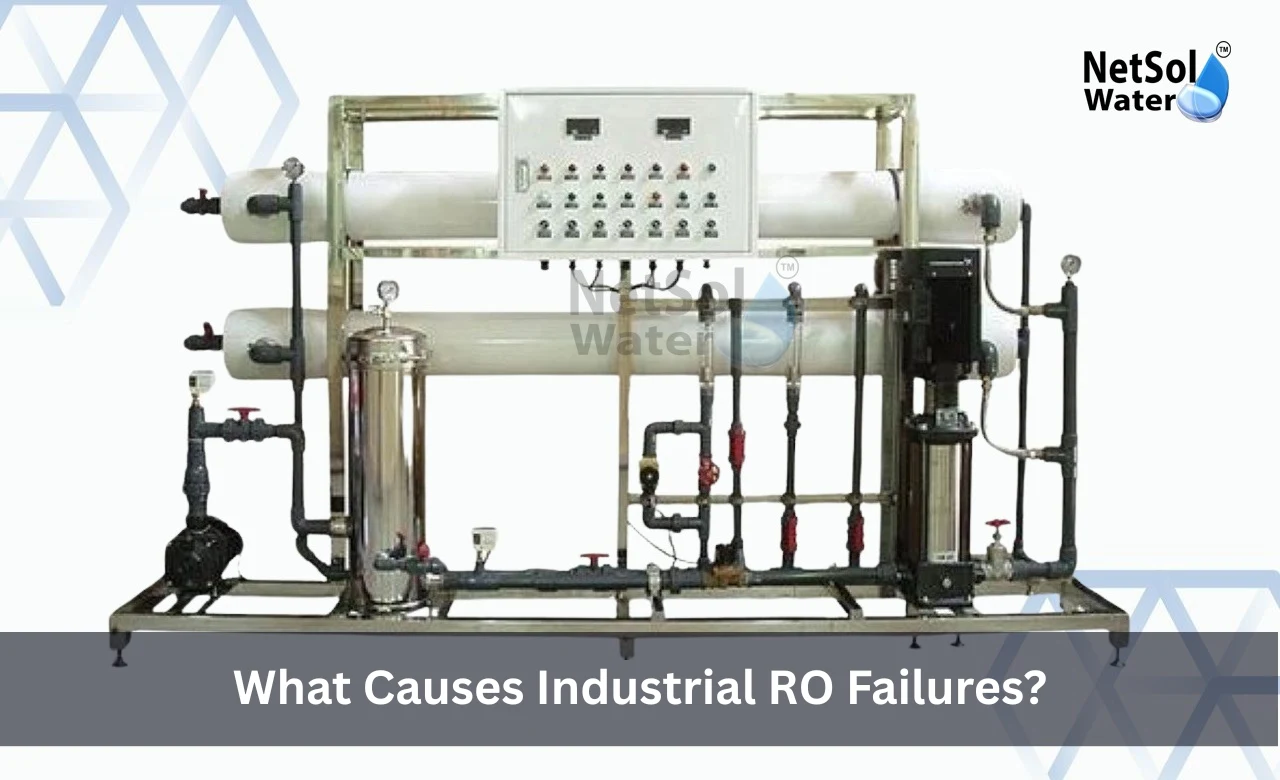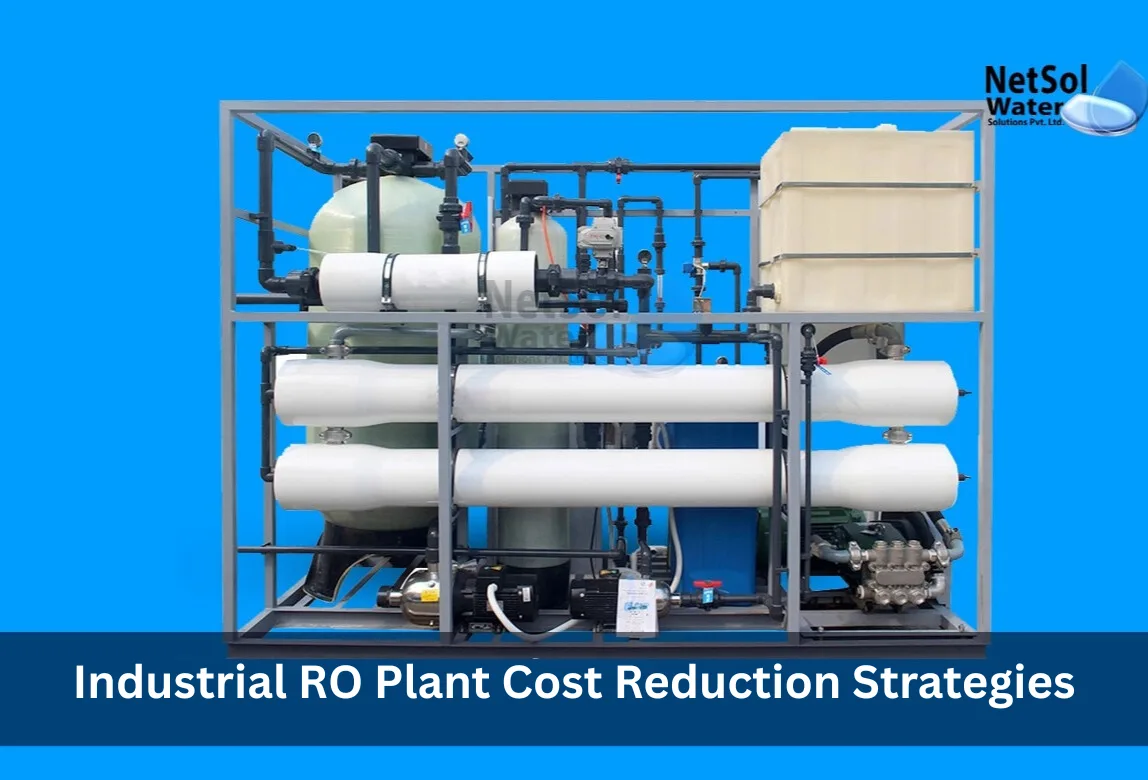What Water Quality Standards Do Commercial RO Plants Meet?
Clean water serves as the foundation of our daily lives. Commercial RO plants play an important role in delivering pure water to businesses. These facilities must follow strict quality standards to ensure safe water reaches consumers. Understanding these standards helps businesses make informed decisions about their water treatment needs. Water quality affects everything from manufacturing processes to food service operations. Commercial RO plants use advanced filtration technology to meet or exceed various national and international quality benchmarks. This ensures the water they produce is safe for different applications. The standards these plants follow protect public health while supporting industrial operations. They also help maintain consistent water quality across different regions.
Let’s explore the comprehensive standards that shape how commercial RO plants operate and deliver clean water to businesses worldwide.
National Water Quality Standards
The foundation of water quality control starts with national standards. These guidelines ensure water safety across different regions. Each country develops specific requirements based on their environmental conditions and public health needs.
- Environmental Protection Agency (EPA) Standards: The EPA sets the baseline for drinking water quality in the United States. Commercial RO plants must remove contaminants to meet these standards. The Safe Drinking Water Act guides these requirements. It focuses on eliminating harmful substances from water. The EPA regularly updates these standards based on new research.
- Food and Drug Administration (FDA) Requirements: Food and beverage industries need water that meets FDA standards. These rules protect consumers from waterborne illnesses. The FDA guidelines cover everything from bottled water to food processing. Commercial RO plants serving these industries follow strict purification protocols.
- NSF International Certification: NSF certification shows that RO plants meet specific quality benchmarks. This independent organization tests water treatment systems. Their standards cover material safety and contaminant removal. Many businesses look for NSF certification when choosing water treatment providers.
International Water Quality Standards
International standards help maintain consistent water quality worldwide. These guidelines allow businesses to operate across borders. They also promote best practices in water treatment.
1. World Health Organization Guidelines: WHO guidelines influence water quality standards globally. They focus on making water safe for human consumption. Commercial RO plants use these guidelines as a reference point. WHO standards address both chemical and biological contamination.
2. ISO Standards for Water Quality: ISO certification demonstrates commitment to quality management. These standards cover various aspects of water treatment. They include testing methods and quality control processes. ISO 9001 certification shows that RO plants follow systematic quality procedures.
3. European Union Water Framework Directive: EU standards set high benchmarks for water quality. They address both drinking water and industrial use. Commercial RO plants in Europe must meet these strict requirements. These standards often influence global water treatment practices.
Specific Quality Parameters
Understanding specific quality measures helps evaluate RO plant performance. These parameters determine if water meets required standards. They cover physical chemical and biological aspects of water quality.
1. Total Dissolved Solids (TDS): TDS measures the amount of dissolved substances in water. Commercial RO plants aim to reduce TDS levels significantly. This affects water taste and equipment performance. Regular TDS monitoring ensures consistent water quality.
2. Microbiological Safety Standards: Bacteria and virus removal remains essential for water safety. RO systems must achieve specific log reduction values. This shows how effectively they remove harmful organisms. Testing confirms these reduction levels meet required standards.
3. Chemical Contaminant Limits: Heavy metals and chemical compounds need careful monitoring. Each substance has specific acceptable limits. RO plants use multiple treatment stages to meet these limits. Regular testing confirms compliance with chemical standards.
4. pH Balance Requirements: Water pH affects its use in different applications. Commercial RO plants maintain appropriate pH levels. This prevents corrosion and ensures water stability. Different industries need different pH ranges for their processes.
Take Action for Better Water Treatment:
Want to learn more about commercial RO plant standards? Our experts can explain how these water quality requirements affect your business. Contact us today to discuss your water treatment needs. We can help you understand which standards matter most for your operation. Let our team show you how commercial RO systems deliver water that meets all relevant quality standards.
To explore customised commercial RO plants, Industrial RO plant, ETP or STP solutions for your needs in your areas and nearby regions, Contact Netsol Water at:
Phone: +91-965-060-8473
Email: enquiry@netsolwater.com










